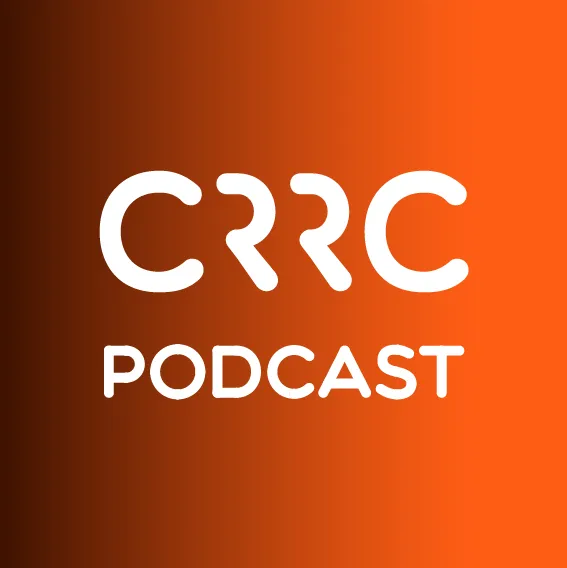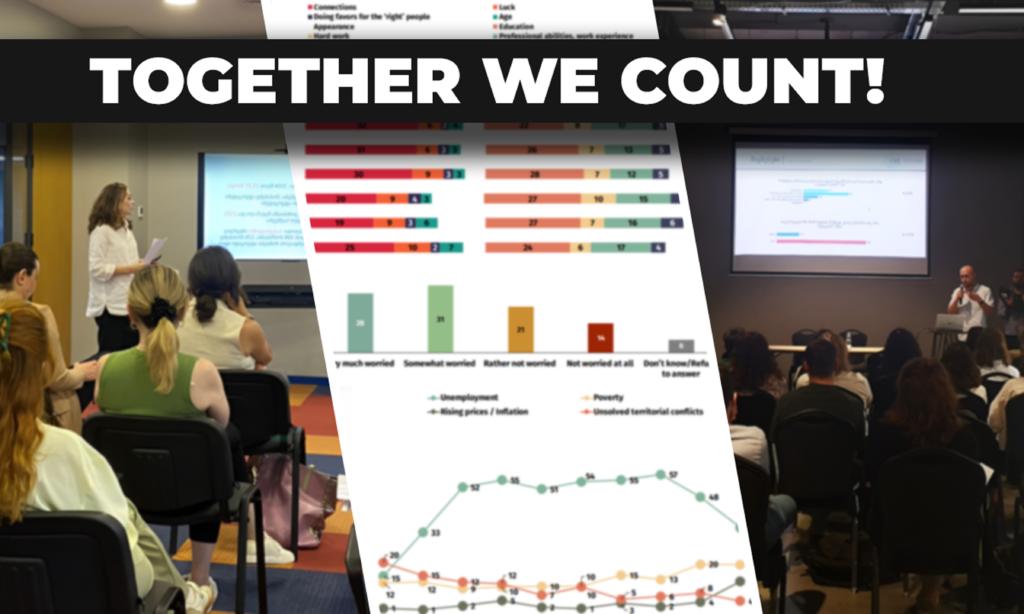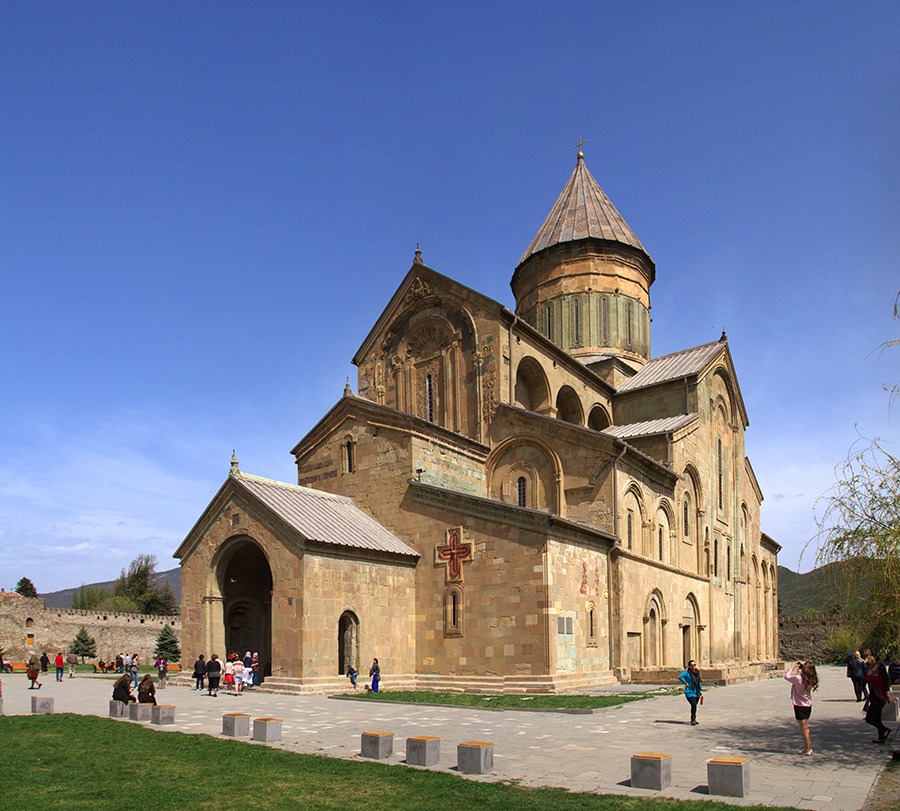Survey data shows that there is a strong preference for male children over female children throughout the South Caucasus. As mentioned in the March 4, 2010 edition of The Economist, after 1991 there has been an increase in the ratio of boys to girls in Armenia, Azerbaijan and Georgia. The sex ratio rose from 103-106 boys to 100 girls in 1991 to 115-120 boys to 100 girls by 2000. The 2010 Caucasus Barometer (CB) indicates that gender preferences in the South Caucasus remain skewed in favor of males with 54% of Armenians, 27% of Azerbaijanis and 46% of Georgians prefer to have male children if given a choice.
The 2010 CB asked people living in Armenia, Azerbaijan, and Georgia the following question—“If a family has one child, what would be the preferred gender of the child?” The answers were unprompted as respondents were not given a list of possible responses such as “girl”, “boy” or “it does not matter”. Overall, Armenians and Georgians prefer boys to girls while more than half of Azerbaijanis claim gender “does not matter”.

The preference for male children holds when the data is split by male and female respondents. Results from Armenia show the highest preference for a male child with 59% of men and 50% of women who prefer a boy, compared to 5% of men and 14% of women who prefer a girl. In Georgia 57% of men and 36% of women prefer a boy and 5% of men and 12% of women prefer a girl. In Azerbaijan 60%-68% of men and women say the sex of the child ‘does not matter’.

The preference for male children holds when the data is split by male and female respondents. Results from Armenia show the highest preference for a male child with 59% of men and 50% of women who prefer a boy, compared to 5% of men and 14% of women who prefer a girl. In Georgia 57% of men and 36% of women prefer a boy and 5% of men and 12% of women prefer a girl. In Azerbaijan 60%-68% of men and women say the sex of the child ‘does not matter’.
 When sliced by settlement type (capital, urban and rural), the data shows that rural inhabitants in all three countries prefer male children over female children. 57% of the rural Georgian population prefers boys and this figure is 71% in Armenia. Azerbaijan, on the other hand continues the trend of perceived impartiality with 32% of rural respondents preferring boys.
When sliced by settlement type (capital, urban and rural), the data shows that rural inhabitants in all three countries prefer male children over female children. 57% of the rural Georgian population prefers boys and this figure is 71% in Armenia. Azerbaijan, on the other hand continues the trend of perceived impartiality with 32% of rural respondents preferring boys. Despite a relatively high percentage of claims that gender “does not matter” in the three countries, there is a low percentage of individuals whose overall preference is for a girl. On the whole, Georgians, Azerbaijanis and Armenians are more inclined to say they prefer boys or that it “does not matter”, rather than say they prefer girls. For example, in Azerbaijan—the country with the highest percentage of claims that gender “does not matter”—only 9% of the adult population prefers girls. This trend is similar in Georgia and Armenia in which there is a 9-10% preference for girls. Thus, the data shows that there is a strong preference for male children over female children in the South Caucasus.
Despite a relatively high percentage of claims that gender “does not matter” in the three countries, there is a low percentage of individuals whose overall preference is for a girl. On the whole, Georgians, Azerbaijanis and Armenians are more inclined to say they prefer boys or that it “does not matter”, rather than say they prefer girls. For example, in Azerbaijan—the country with the highest percentage of claims that gender “does not matter”—only 9% of the adult population prefers girls. This trend is similar in Georgia and Armenia in which there is a 9-10% preference for girls. Thus, the data shows that there is a strong preference for male children over female children in the South Caucasus.Why do you think this is the case?







